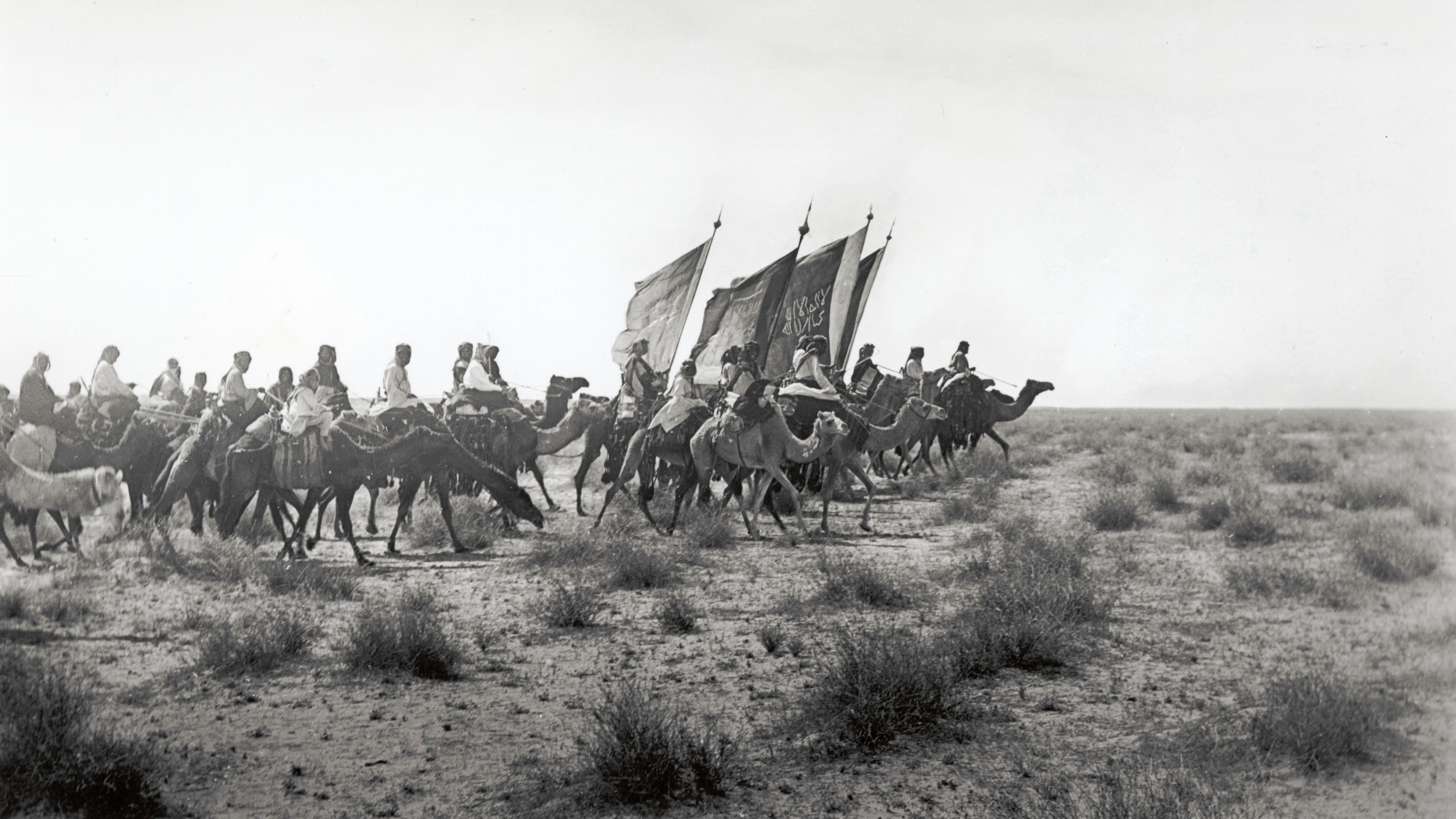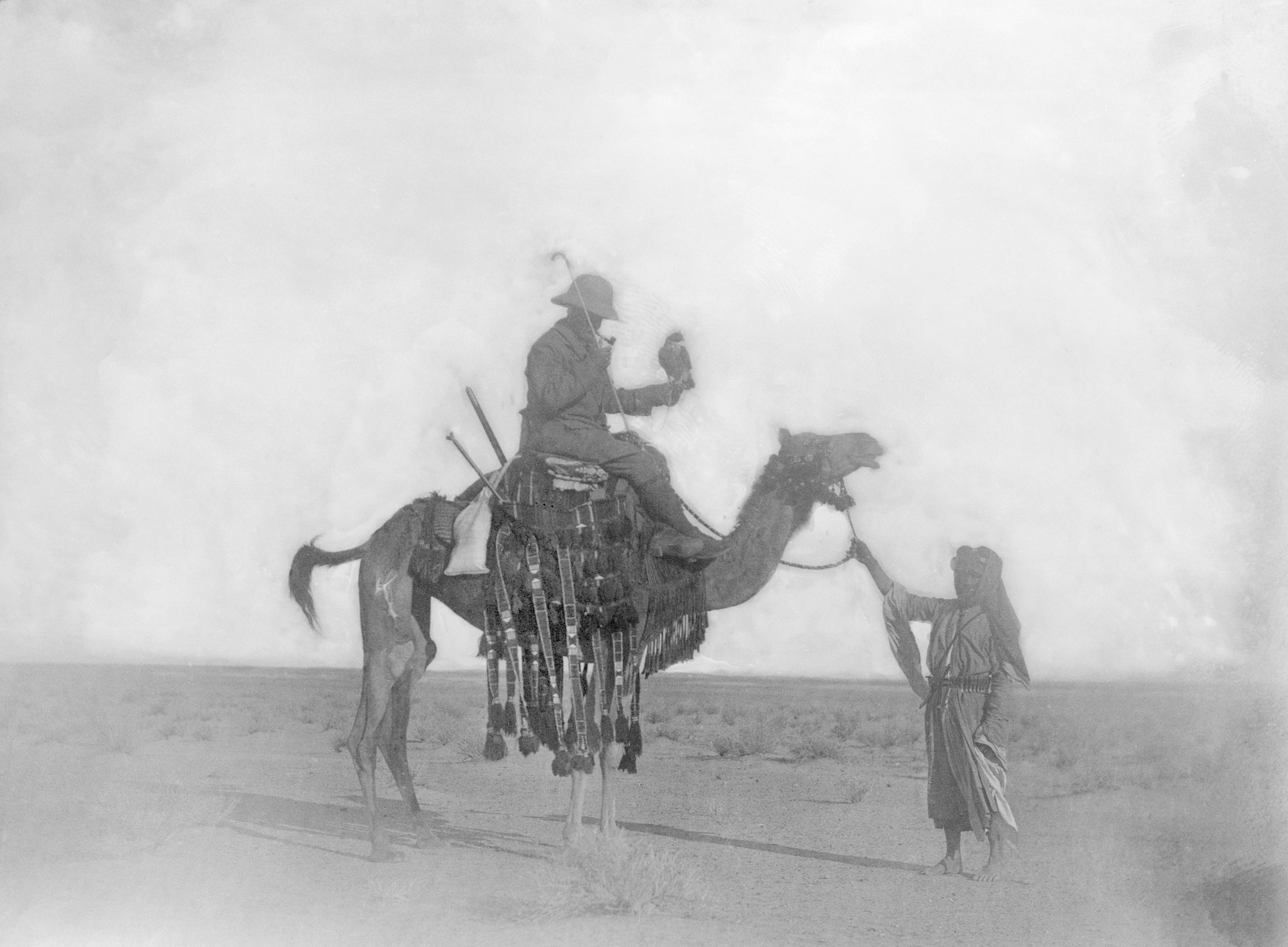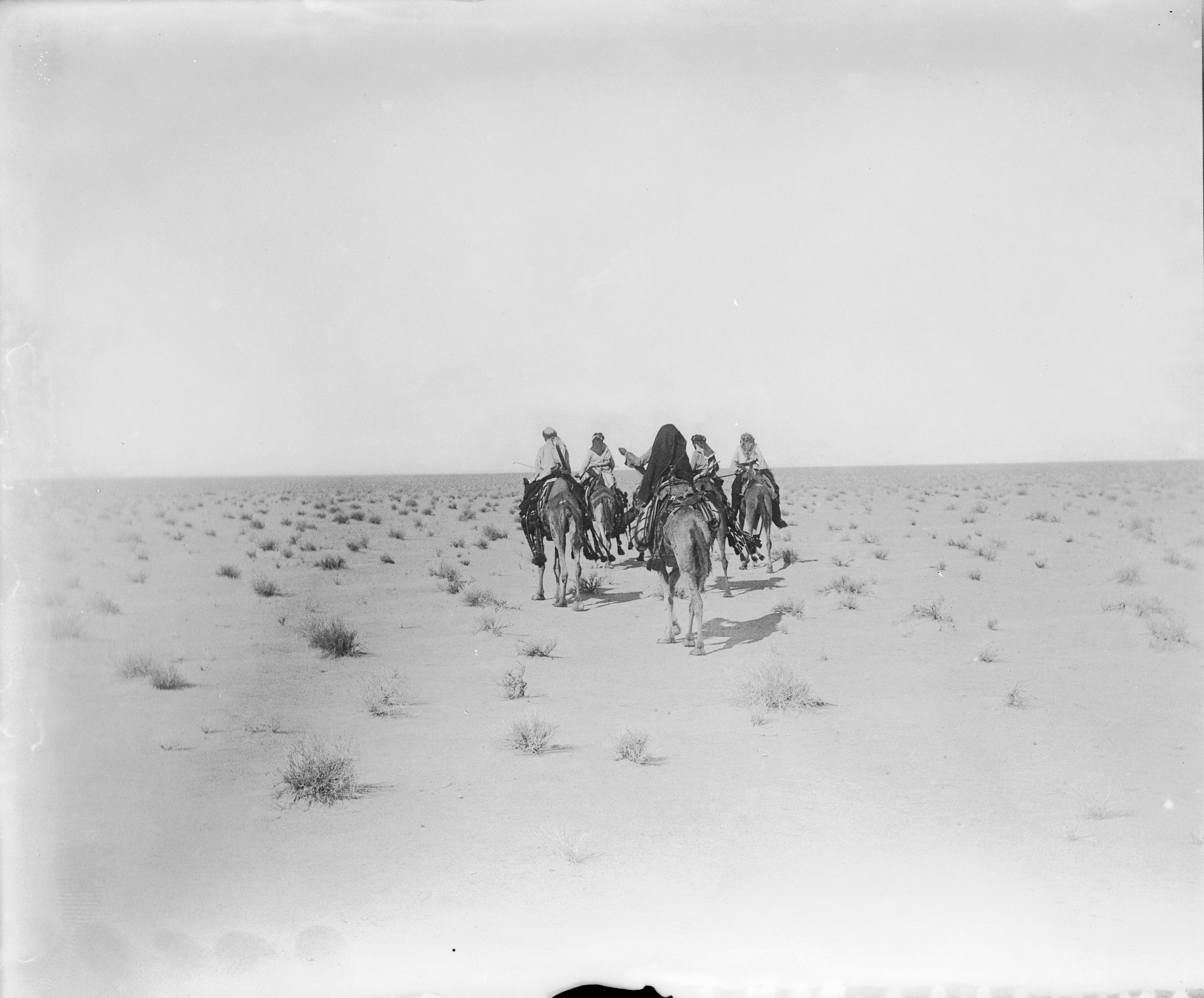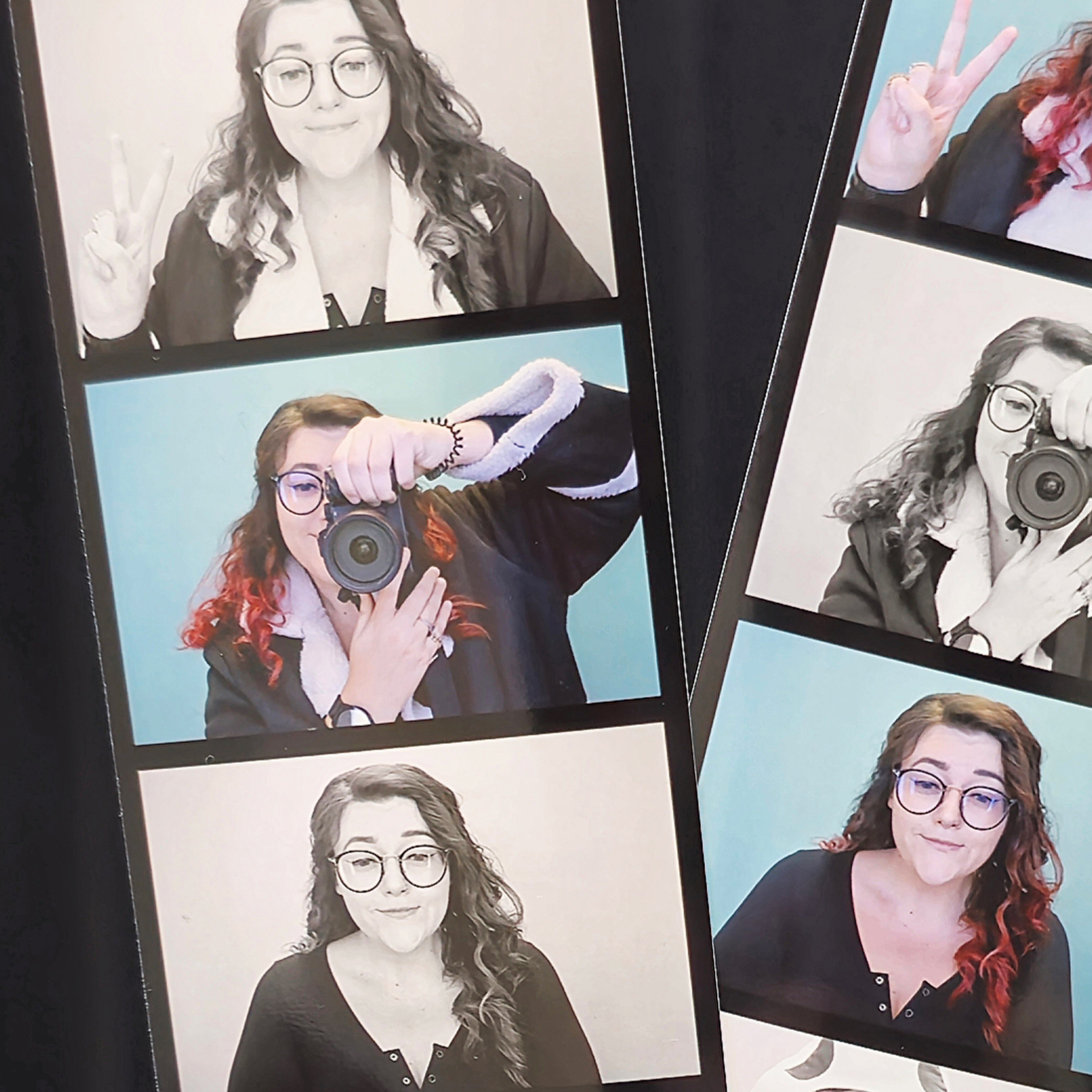The "Other" Shakespear, a photographer and army captain, exhibition opens today
Captain William Shakespear is responsible for some of the finest images of the early 19th century Arabian Peninsula

A new exhibition is to be on display at the Royal Geographical Society in London, opening on 10 May 2022, that shares the story of ‘The other Shakespear’. Captain William Shakespear is not the bard and playwright you're thinking of, but a skilled soldier, diplomat, photographer and captain.
Bringing to life some of the earliest and finest images of the early 19th Century Arabian Peninsula, this exhibition is the first time these photographs will have been on public display and showcased for over a century!
• Read more: Looking for the best film cameras?
Captain William Henry Irvine Shakespear (1878 – 1915) was a British explorer and beginner photographer who mapped uncharted areas of Northern Arabia. His work is said to show both the changing and unchanging nature of this extraordinary landscape and its people. Not to be confused with William Shakespeare (1564 – 1616) the English playwright, poet and actor.
Captain Shakespear of Arabia was a British army officer, also a diplomat, photographer, explorer, and an amateur botanist and geographer - who had just as remarkable a life as the playwright whom he was distantly related to. A fearless love of exploration is what drove him, and he became a vital and unique intermediary between Britain and the Arab world during the early days of World War 1.
He died of three gunshot wounds while fighting at the Battle of Jarrab in 1915, north of Al Majma’ah, in what would soon be known as Saudi Arabia. Shakespear was supposedly close with and referred to as a brother by Emir Abdulaziz Al Saud, the future king of a country that was to be named after him, Saudi Arabia.

This "other" Shakespear is known mostly for his exploration work in mapping hundreds of kilometres of uncharted areas within northern Arabia, as well as capturing the first ever photo of King Abdulaziz and his brothers. He was said to be in addition a great linguist and writer, documenting everything in his diary.
Get the Digital Camera World Newsletter
The best camera deals, reviews, product advice, and unmissable photography news, direct to your inbox!
At age only 26 in 1904, he joined the British Foreign Office and from 1909 onwards became a British political agent, undertaking a total of seven expeditions into the Arabian interior, with a political role to forge friendships with Arabian Gulf leaders.
It is said that even in his last hours, Captain Shakespear was taking photos. According to The National, he was last seen carrying his camera to a patch of higher ground in an attempt to capture scenes of a battle between Al Saud and forces of Al Rashid, a rival contender for Najd.
Shakespear’s expedition equipment consisted of essential photographic equipment, such as a large plate camera that was adapted to capture panoramas, and a ‘No.1 Panoram-Kodak’. This Kodak camera was portable and able to store several panoramas on a single film roll. His kit also included a Kodak Tank Developer that he used to process negatives on the go, often in extreme temperatures with limited water supply.

Captain Shakespear later used a small folding camera that was made by Houghtons Ltd, then the largest camera manufacturer in Britain. Advertised as ‘A Soldier’s Camera’, his reliable Ensignette used film roll while acting robust and rust-proof, and supposedly its popularity led to a new breed of amateur photographers, known as the ‘Pocket Snap Shooters’.
Shakespear's collection of pressed plants was said to have been given to the Natural History Museum, and his maps, notebooks and photographs belong to the RGS collection. The remarkable results of his images define him among some of the most important early 19th century photographers for documenting life on the Arabian Peninsula.
These images will be on display at a the Royal Geographical Society in London until 06 June 2022, and entrance to the exhibition is free.
• Read more:
Best vintage lenses
Best film scanners
Vintage magic: shoot fine-art monochrome landscapes
Documentary photography in a pandemic

Beth kicked off her journalistic career as a staff writer here at Digital Camera World, but has since moved over to our sister site Creative Bloq, where she covers all things tech, gaming, photography, and 3D printing. With a degree in Music Journalism and a Master's degree in Photography, Beth knows a thing or two about cameras – and you'll most likely find her photographing local gigs under the alias Bethshootsbands. She also dabbles in cosplay photography, bringing comic book fantasies to life, and uses a Canon 5DS and Sony A7III as her go-to setup.
